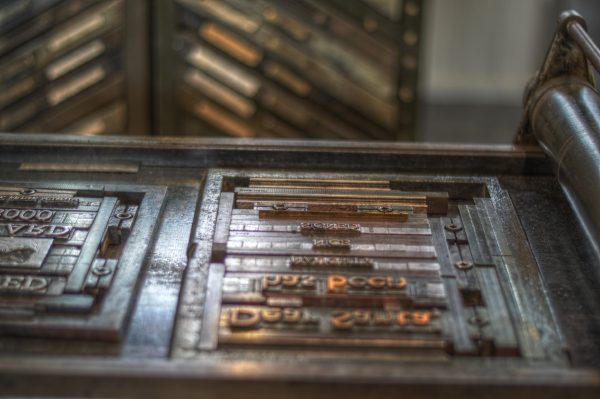
Image by Miguel Mendez on Wikimedia Commons.
The National Print Museum is currently hosting an exhibition intent on giving a fresh perspective on the Rising.
“Seditious Types, Legacy of the Printers of 1916” explores the central role played by printers and printed media in shaping the image and meaning of the Rising. Being the dominant method of communication in 1916, the printed word preserved the words of artists, activities, politicians and industrialists into works of permanent ink which have survived to this day.
Print media was sold in various forms on street corners, among them, newspapers, advertisements, journals, books and academic publications. The majority of it was used to advertise social events and key political issues, with various publications producing material for both the nationalist and unionist sides. The militaristic tone of both sides was evident in the text and illustration, capturing the vivid reality of the political feeling at the time.
The vast amount of stationary published resulted in printed works reflecting different political viewpoints being sold in the same shop, though shops associated with the Gaelic League and the nationalist literary movement distributed works that would not have been printed by mainstream printers at the time. These included the writings of William Butler Yeats, Seán O’Casey and John Millington Synge.
A “mosquito press” also came into being; a national print counter-culture which made use of the influence of print on public opinion through journals, pamphlets and books. This was achieved through use of printing presses hidden at secret locations, with many of the key political activists of 1916 being printers, compositors and editors.
“Seditious Types, Legacy of the Printers of 1916” is featured at the National Print Museum until September, and admission is free of charge.
By Kevin Carney



